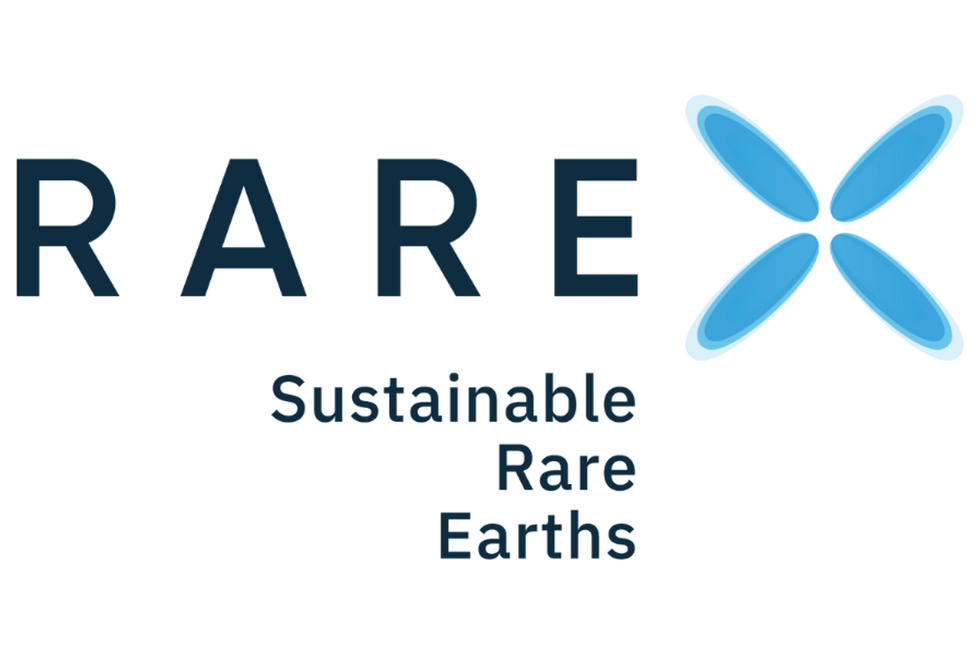
October 10, 2022
Ore sorting offers potential to reduce plant size while maintaining product tonnage
RareX Limited (RareX, the Company) (ASX: REE) is pleased to report positive outcomes from an ore sorting testwork program conducted on samples collected from its 100%-owned Cummins Range Rare Earths Project (the Project, Cummins Range), located in the Kimberley region of Western Australia.
HIGHLIGHTS
- Preliminary metallurgical testwork shows promising ore sorting performance
- Outstanding results achieved with a high REE recovery to Ore Sort Product and good mass rejection
- Very positive implications for project economics, particularly in light of the growing scale of the Project
- Primary flotation test work now underway both in Australia and with world experts, Baotou Mengrong Fine Material Co. Ltd
The testwork was led by RareX with support from other consultancies, with results confirming the amenability of the Cummins Range material to ore sorting technology and demonstrating the potential to reduce the size of the beneficiation plant while maintaining the product tonnage.
RareX Managing Director, Jeremy Robinson, said: “This testwork shows that there is good potential to upgrade the primary material ahead of grinding and flotation, essentially doubling the feed grade for the Project and drastically improving the project economics. This is an exciting and very positive development, particularly given the rapidly growing scale of the Project with current drilling. We are looking forward to results from the next phase of primary flotation testwork, now underway.”
INTRODUCTION
The Cummins Range Rare Earths Project is a globally significant rare earths project located in the Kimberley region of Western Australia near the township of Halls Creek. The Project has a JORC Indicated and Inferred 2012 Mineral Resource Estimate (cut-off grade 0.5% TREO) containing 18.8 million tonnes of 1.15% TREO and 10% P2O5 with a high neodymium and praseodymium (NdPr) to TREO ratio of 20%1.
The primary rare earth mineral in the weathered part of the deposit, with the deposit outcropping in multiple locations. Within the primary part of the deposit both monazite and bastnaesite occur. The major gangue minerals of the deposit include goethite, apatite, calcite/dolomite and silicates.
ORE SORTING PROGRAM
Sighter ore sorting testwork was performed on a composite collected from the primary zone of the Cummins Range deposit at TOMRA Sorting Solution in NSW. The composite was crushed to a P100 grind size passing 30mm and screened at 10mm to prepare the feed for the ore sorting testwork.
This work was aimed at assessing the amenability of the Cummins Range material to ore sorting and producing a high TREO product fraction with as-high-as-possible TREO recovery by way of high- density REE-bearing inclusion product ejection.
The sorter used for this testwork was TOMRA’s COM Tertiary XRT (X-Ray Transmission) (Figure 1). To set up/train the sorter and to parameterise the software, images were taken of the samples while samples were exposed to high energy X-rays. The X-ray sensor signal depends on atomic density and material thickness and gives information on the inner composition of the particles. By combining two energy levels simultaneously, it is possible to differentiate particles by their atomic densities.
Click here for the full ASX Release
This article includes content from RareX, licensed for the purpose of publishing on Investing News Australia. This article does not constitute financial product advice. It is your responsibility to perform proper due diligence before acting upon any information provided here. Please refer to our full disclaimer here.
REE:AU
The Conversation (0)
Latest News
Latest Press Releases
Related News
TOP STOCKS
American Battery4.030.24
Aion Therapeutic0.10-0.01
Cybin Corp2.140.00